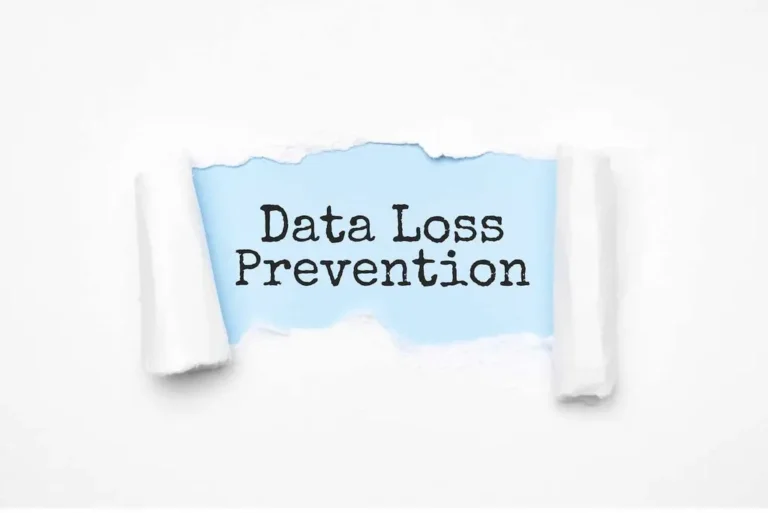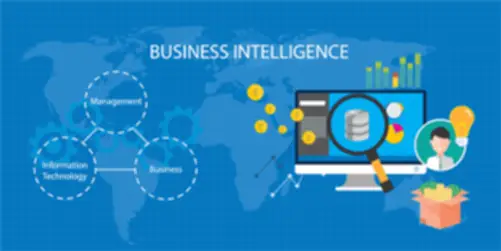فهرست عناوین
It is also identified as Ishikawa diagram because of the finest way it appears cause and effect graphics, invented by Kaoru Ishikawa or fish bone diagram. So every time we need to confirm some crucial situations consisting of combos of enter criterias, then the trigger effect graph is used. The graph obtained is converted into a choice table which in flip can be utilized to design the test instances. The main advantage of the trigger impact graph method is that it helps to detect wherever there exists incomplete or unclear requirements. Cause-Effect Graph can turn out to be complicated and challenging to implement in large-scale techniques with numerous inputs and outputs.
💡 Test-driven Growth (tdd) And Istqb: A Synergistic Method To Software High Quality 💡

It is smart to maintain practicing what you’ve learned and exploring others relevant to Software Testing to deepen your understanding and broaden cloud computing your horizons. It says that if the condition C1 and occasion E1 is expounded to each other by a Not Function, it signifies that if C1 holds true or equal to 1 then E1 is the identical as 0, else E1 is equal to 1. Step 2 − Create a boolean graph which connects all the causes and results.
Software Program Testing – Cause-effect Graph
If the test knowledge isn’t consultant of real-world eventualities or lacks variety, the test coverage could also be restricted, leading to potential defects being missed. The drawback is that there are two enter values and one output value towards each. The first worth accepts only character and the character ought to be either A or B. If the 2 values has above combination then the output printed is “MESSAGE 1”. If the character in the first value is inaccurate, then the output printed is “INCORRECT VALUE 1”.
Notations Used Within The Trigger Impact Graph
The graph shown above is the ultimate cause-effect graph obtained for the given problem. These constraints are between the causes C1, C2, and C3, such that at least considered one of them is always equal to 1, and therefore all of them simultaneously cannot hold the value 1. These constraints are between two causes C1, and C2, such that both C1 or C2 can have the worth as 1, each concurrently can not maintain the worth 1.
But since there could additionally be some crucial behaviour to be tested when some combos of input conditions are thought-about, that is why cause-effect graphing method is used. 🔍 Cause-Effect Graph is a scientific and structured technique used to design test instances for practical testing. It focuses on identifying and testing the cause-effect relationships between different inputs and outputs of a system. The inputs are represented as causes, and the outputs are represented as effects. By analyzing these relationships, testers can derive a concise and efficient set of check circumstances to validate the software program’s conduct.
Here, the trigger nodes are named and impact nodes are named however the intermediator nod just isn’t required to be named. If both the causes C1 and C2 are true then the impact E1 might be true or else the impact E1 will be false. It means if C1 exists or if C1 is true then E1 will cease to exist or E1 might be false.

As the system’s complexity will increase, the cause-effect relationships may become more intricate, making it difficult to construct an accurate and manageable graph. This may find yourself in increased effort and time required to derive check circumstances successfully. Cause-effect graphing is a technique to check software through the use of a graph or a desk to represent the causes and effects of defects in software program. You test each explanation for a specific function (a consumer story, or a enterprise requirement) and validate every effect. Cause-effect graphing relies on software program necessities and specifications.
This is a testing method which is appropriate for Drupal programmers as nicely as testers.It play an very importent function in the field of software program testing. The cause-effect graph was created by Kaoru Ishikawa and thus, is identified as the Ishikawa diagram. It is also referred to as the ‘fish-bone’ diagram because of the way it is structured. A cause-effect graph shows the relationship between an consequence (effect) and the elements (causes) that lead to it.
Analyze the system’s specs, requirements, and habits to determine these relationships precisely. Cause-Effect Graph permits testers to determine potential defects and bugs early within the development cycle. By analyzing the cause-effect relationships, testers can pinpoint eventualities where particular inputs end in undesired outputs. This allows developers to handle the issues promptly, reducing the overall value of bug fixing. Cause-effect graphing techniques assist in deciding on combos of enter conditions in a systematicway, such that the number of test cases doesn’t become unmanageably massive. Cause-Effect graph method converts the requirements specification right into a logical relationship between the enter and output conditions through the use of logical operators like AND, OR and NOT.
If the character in the second value is not a digit, then the message printed is “INCORRECT VALUE 2”. Let us take an instance of an issue statement which says the primary column should have the worth X or Y. If the primary column doesn’t hold the values both X or Y, then the message M1 is generated. If the second column is fed with no digits, then the message M2 is generated. In different words, for the existence of impact E2 the character in column 1 should not be either A or B. We can see in the graph, C1 OR C2 is linked via NOT logic with impact E2.
Cause and Effect The relationship between a specific consequence and all of the variables that affect it is proven graphically using a black field testing method generally recognized as a graph. It is regularly known as the fishbone diagram or the Ishikawa diagram because of how it seems and because Kaoru Ishikawa invented it. Cause and Effect A graph is utilized in a graphing-based technique for example the outcomes of a quantity of enter condition combos.
- These constraints are between two causes C1, and C2, such that both C1 or C2 can have the value as 1, both simultaneously can’t hold the worth 1.
- It has a beneficial side effect in mentioning incompleteness and ambiguities in specs.
- It is a visual representation of the logical relationship between causes and effects, expressible as a Boolean expression.
- Message X shall be proven if the enter for column 1 is incorrect, that is, neither A nor B.
- It says that if the situation C1 and event E1 is said to one another by a Not Function, it signifies that if C1 holds true or equal to 1 then E1 is the identical as zero, else E1 is the same as 1.
To guarantee comprehensive testing, further methods or methodologies may need to be employed alongside Cause-Effect Graph. It is generally uses for hardware testing but now adapted to software testing, normally tests external behavior of a system. It is a testing approach that aids in selecting take a look at instances that logically relate Causes (inputs) to Effects (outputs) to provide check instances. The dynamic test instances are used when code works dynamically based mostly on person input. For example, while utilizing e-mail account, on getting into valid email, the system accepts it however, whenever you enter invalid e-mail, it throws an error message.
This method goals to minimize back the number of check cases but still covers all essential check instances with maximum coverage to achieve the desired application high quality. Let’s think about that you must check a web form for user verification in cellular banking application. A person enters their login and password or checking account number and password to verify their id. So, to log in to the mobile banking system, a password is required, however both a login or a checking account quantity ought to be entered together with it. Here there are three causes which are related to one another to derive a single impact.
Lack of sufficient information in regards to the system can result in incomplete or incorrect cause-effect graphs and, consequently, inadequate test coverage. A or B must be the character in column 1, and a digit belongs in column 2. Message X might be proven if the input for column 1 is incorrect, that’s, neither A nor B. Message Y might be displayed if the enter in column 2 is wrong, that is, if the enter is not a digit. A tester must convert causes and results into logical statements and then design cause-effect graph.
In other words, for the existence of impact E1 (Update made) any one from C1 and C2 but the C3 have to be true. We can see in graph cause C1 and C2 are related via OR logic and impact E1 is related with AND logic. By utilizing Cause-Effect Graph, testers can reduce redundancy in take a look at circumstances. The approach helps in eliminating repetitive take a look at circumstances by specializing in the unique mixtures of causes and effects. The very first step is to identify the trigger and results from the specifications and assign unique numbers to each of them.
Transform Your Business With AI Software Development Solutions https://www.globalcloudteam.com/ — be successful, be the first!
 فارسی
فارسی
بدون دیدگاه